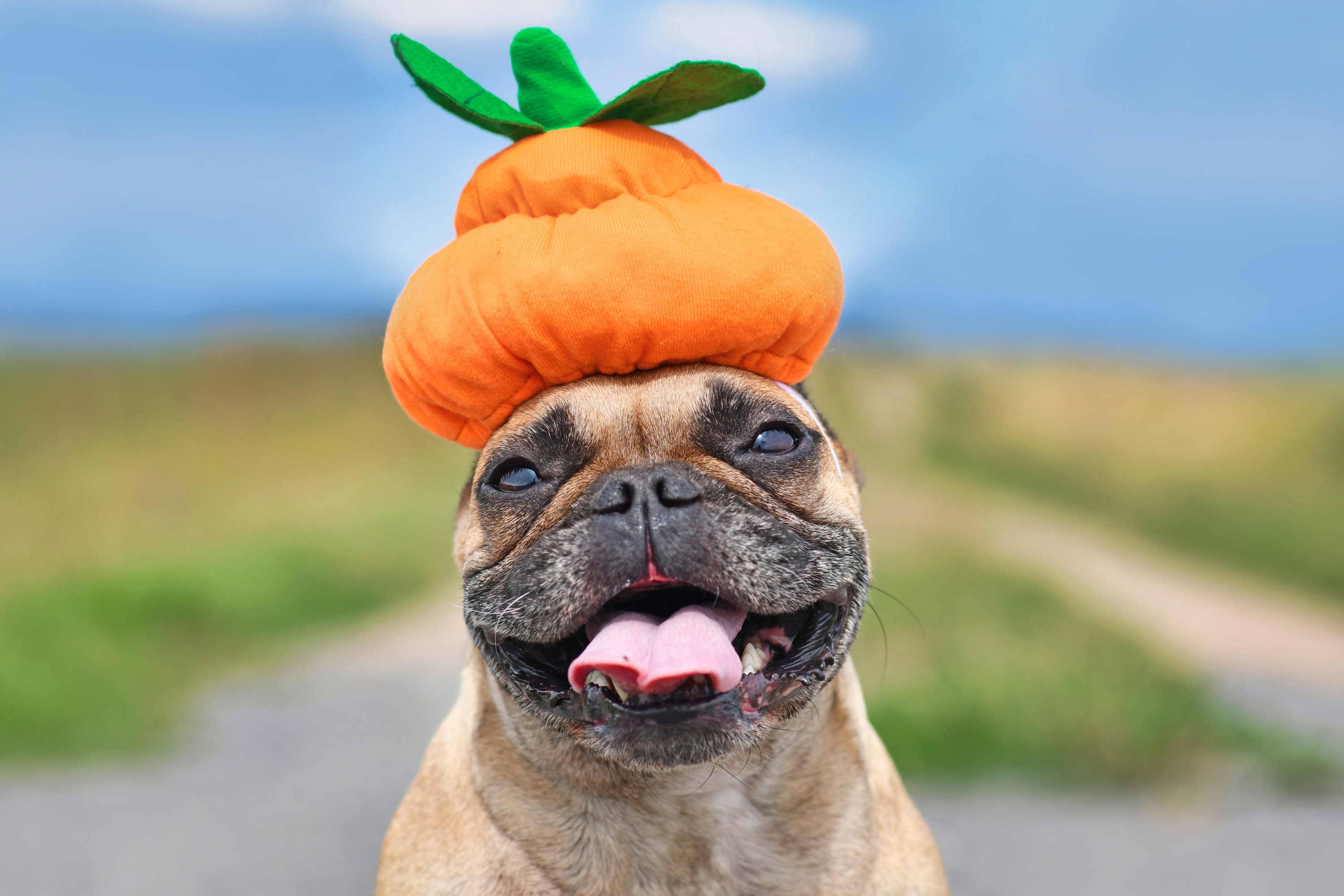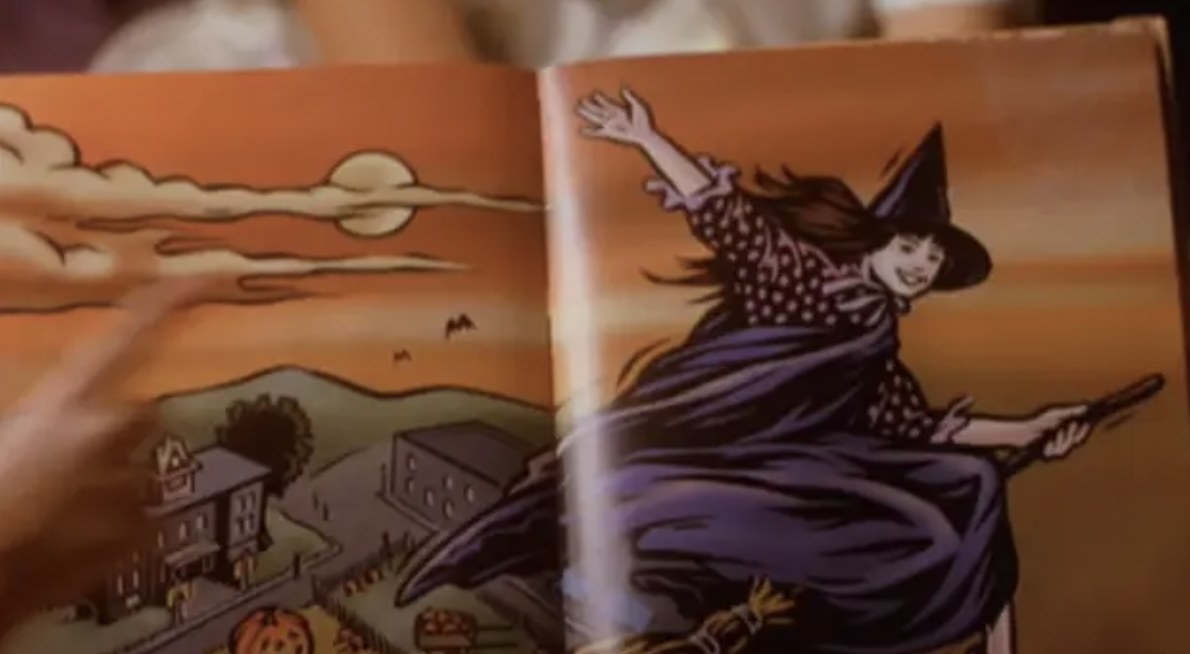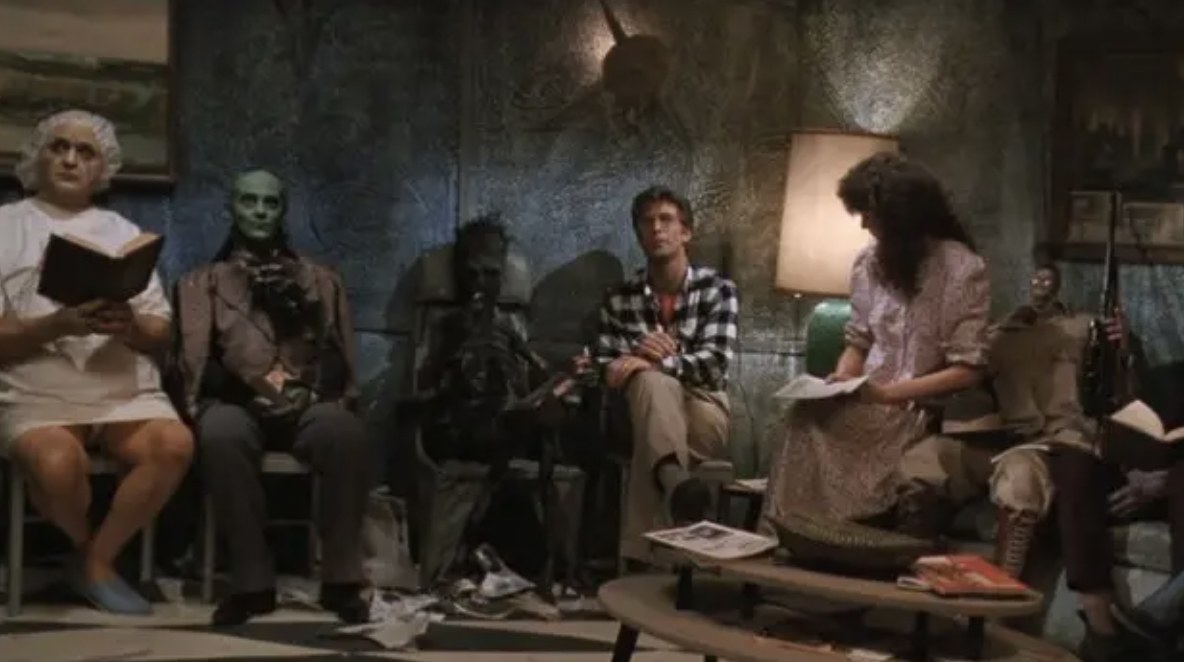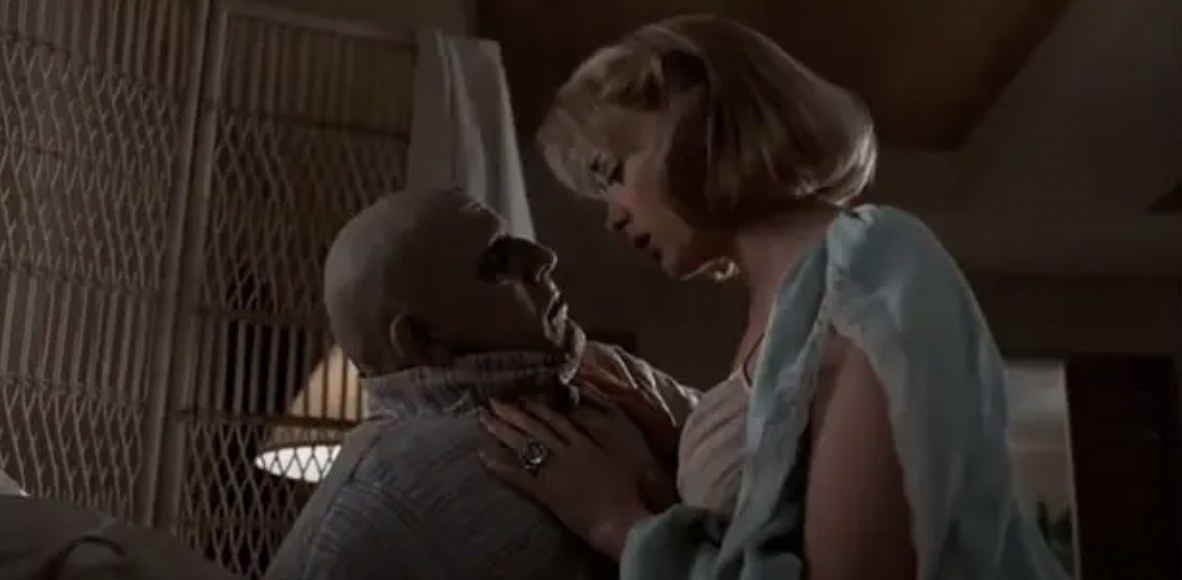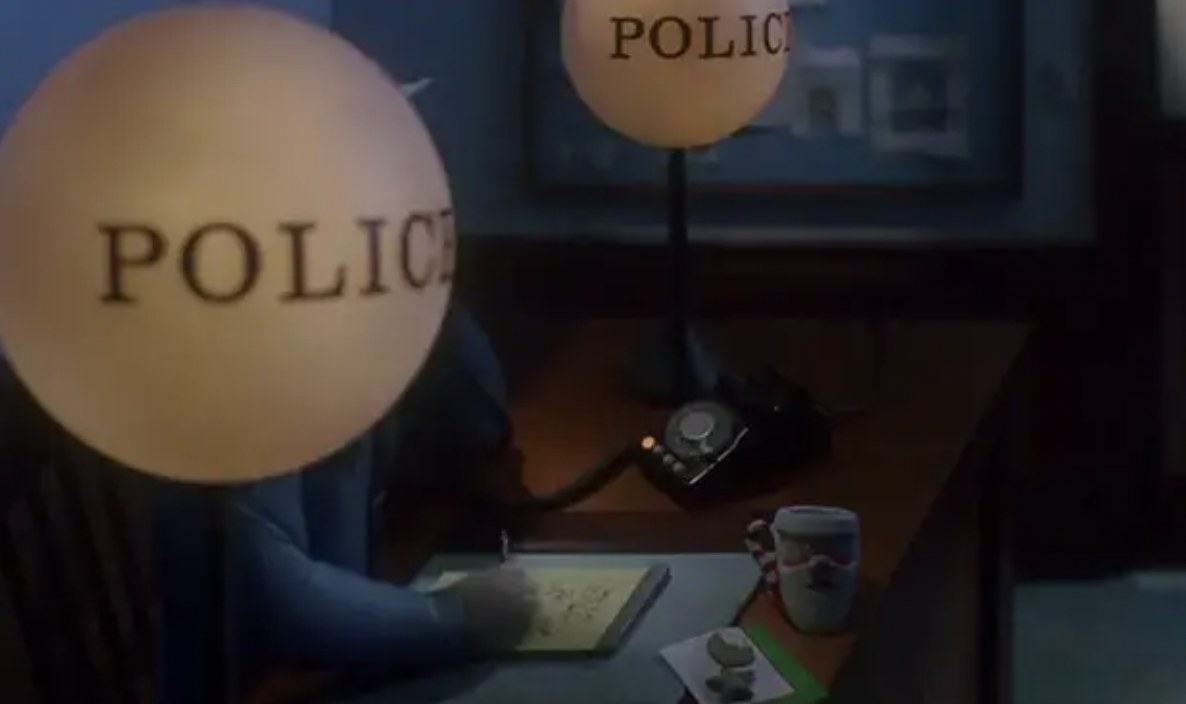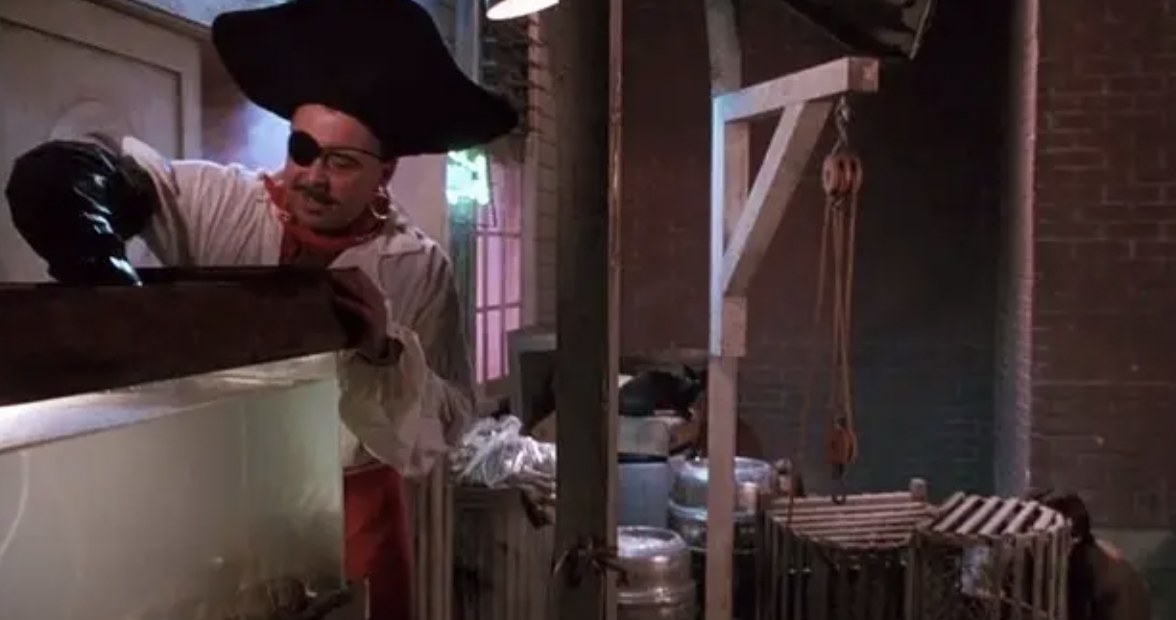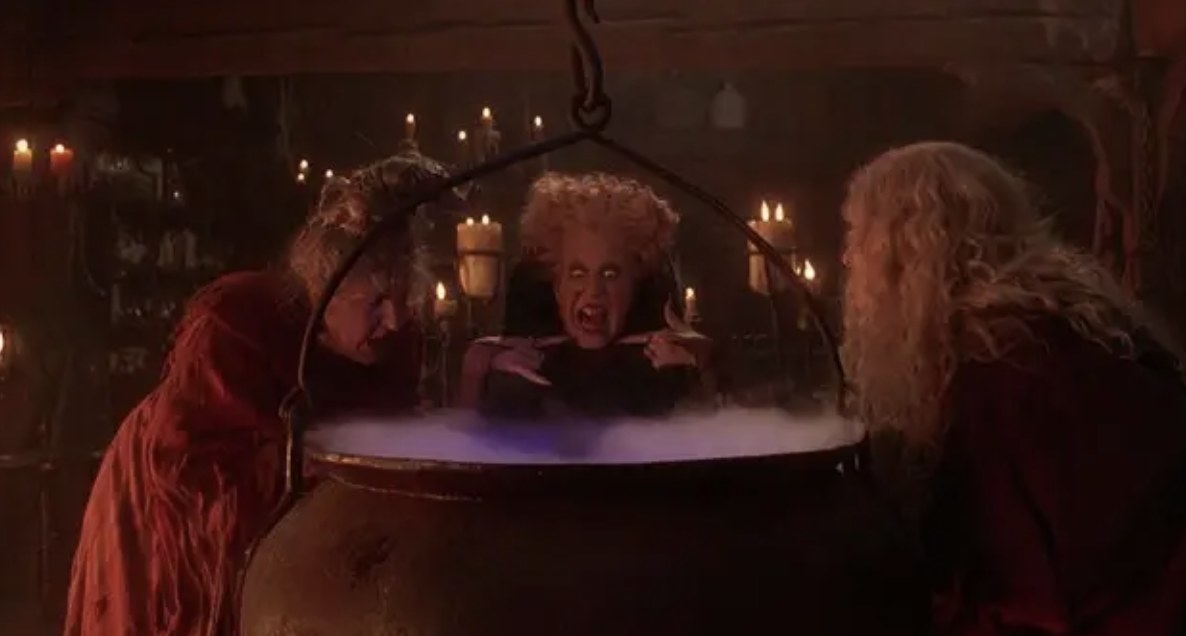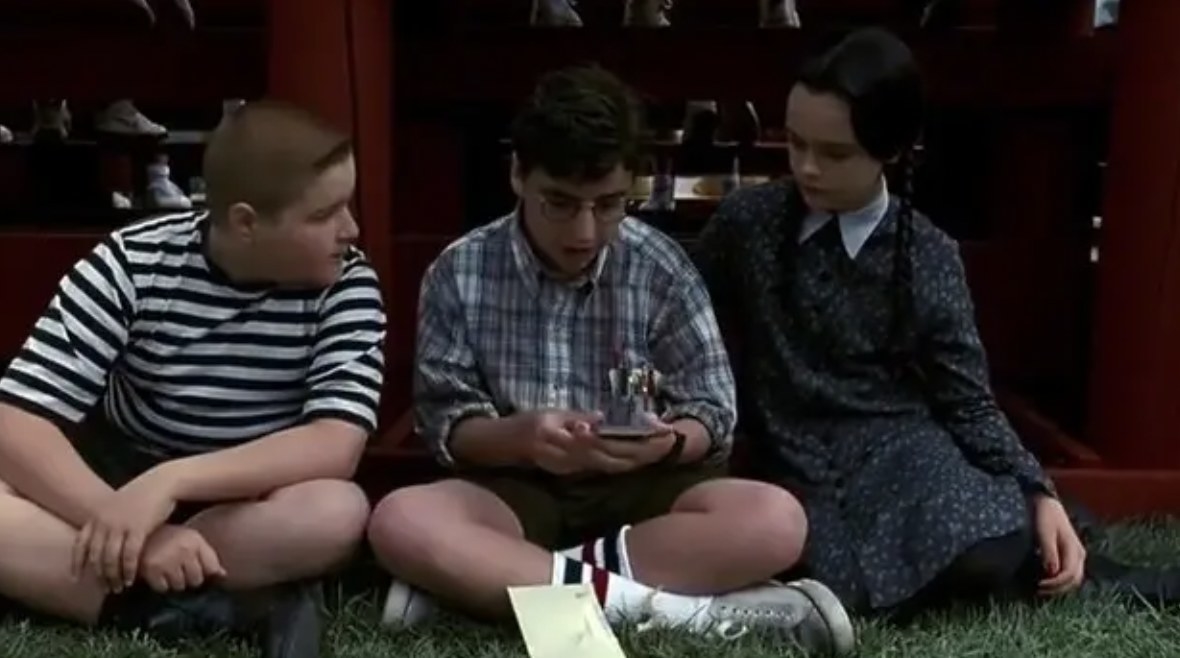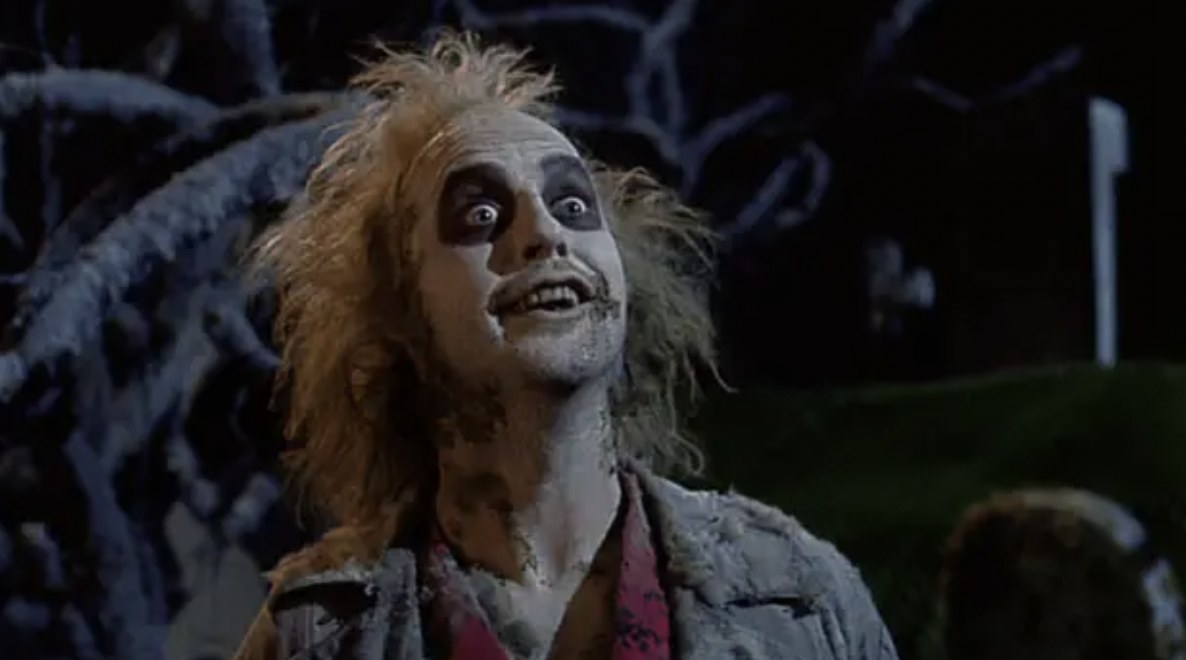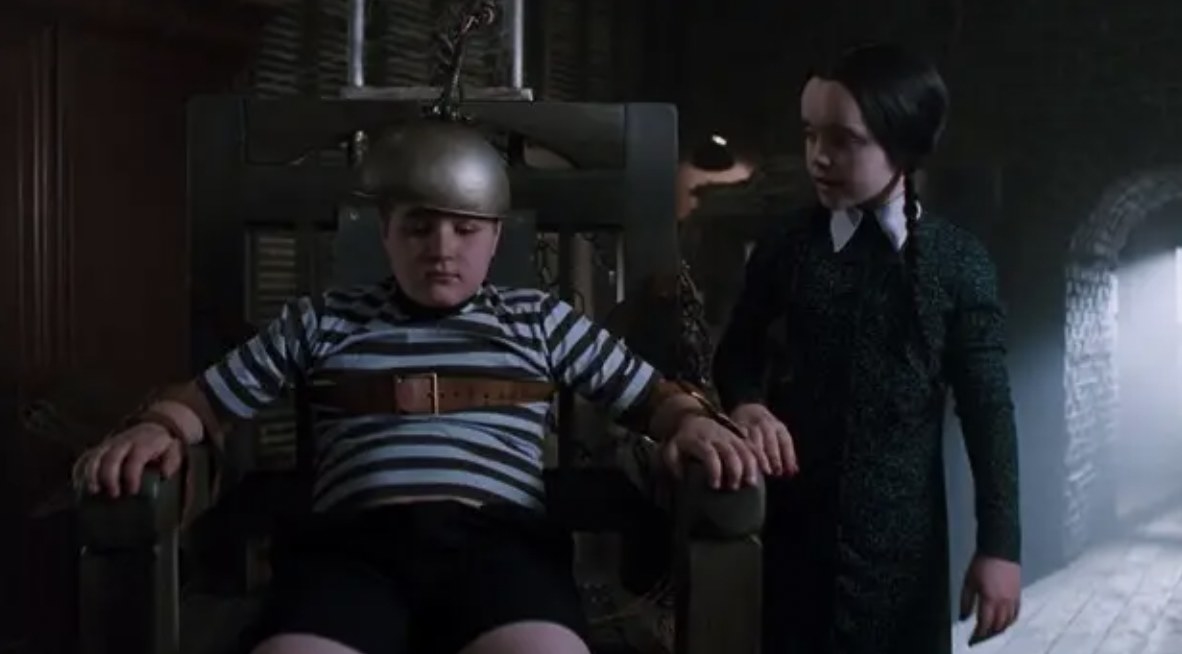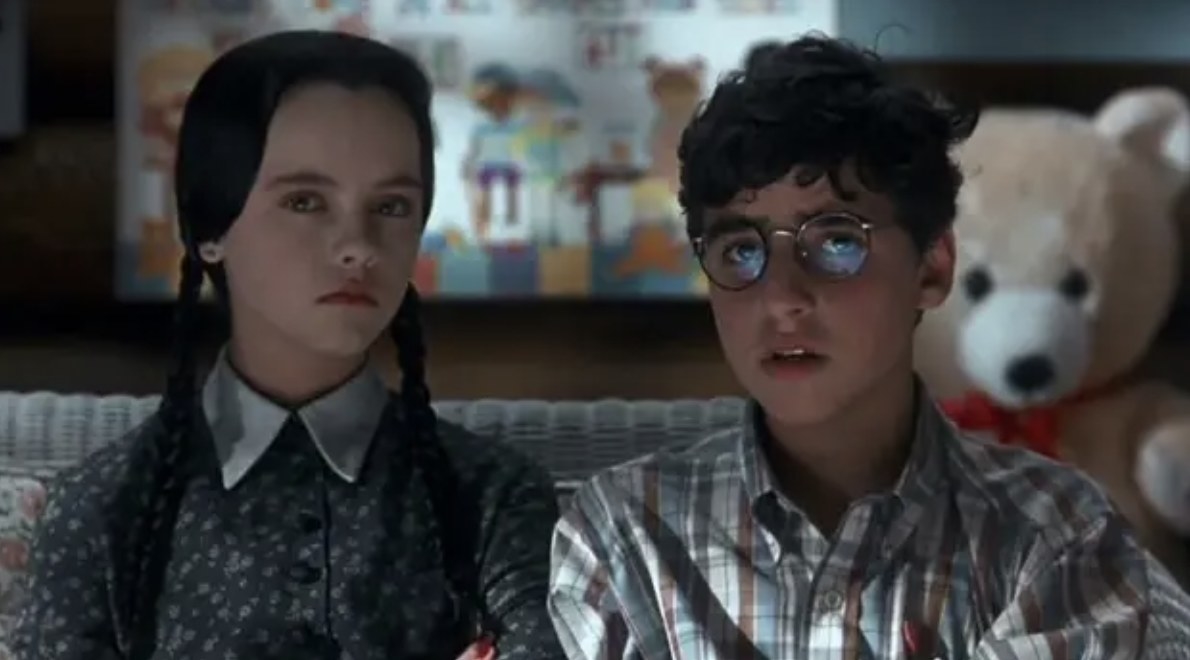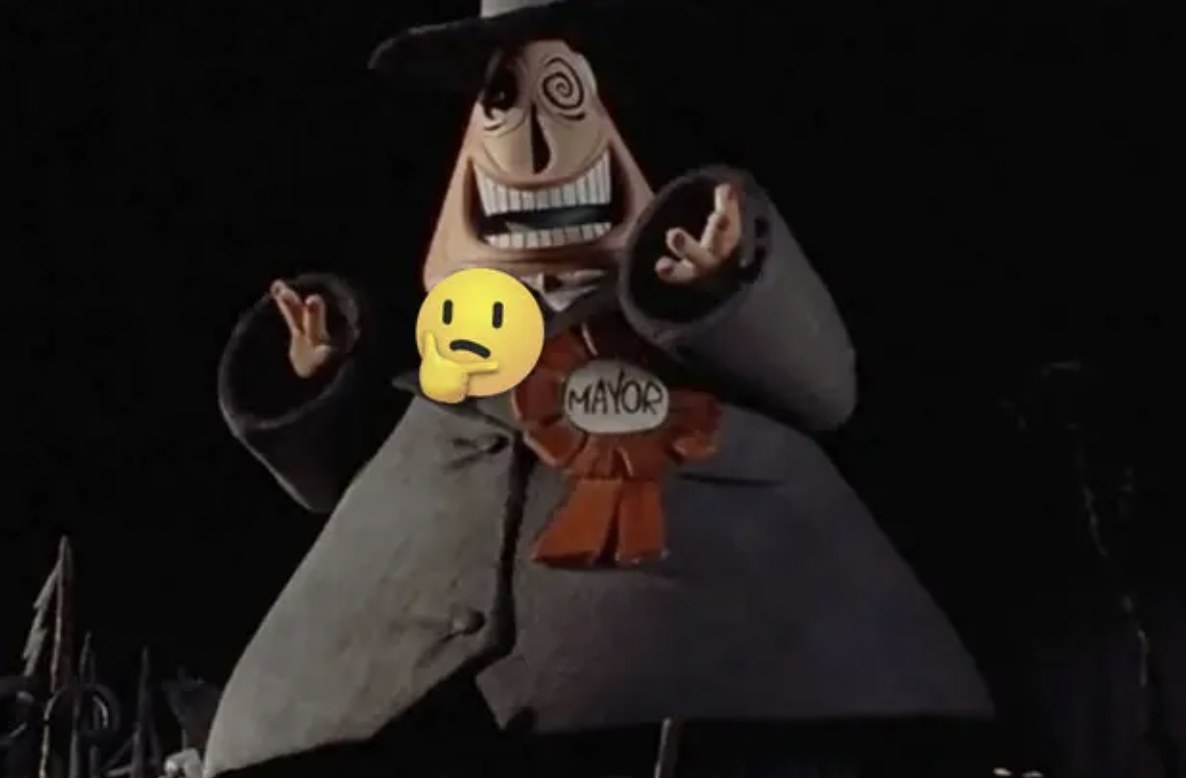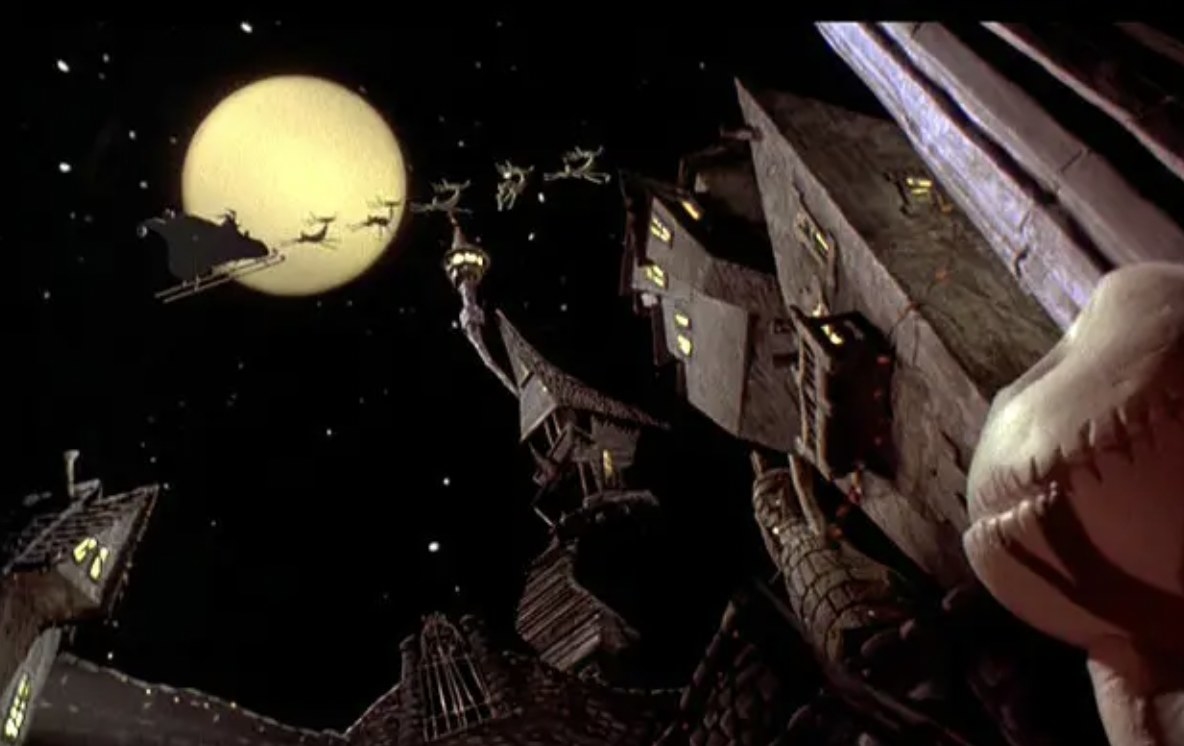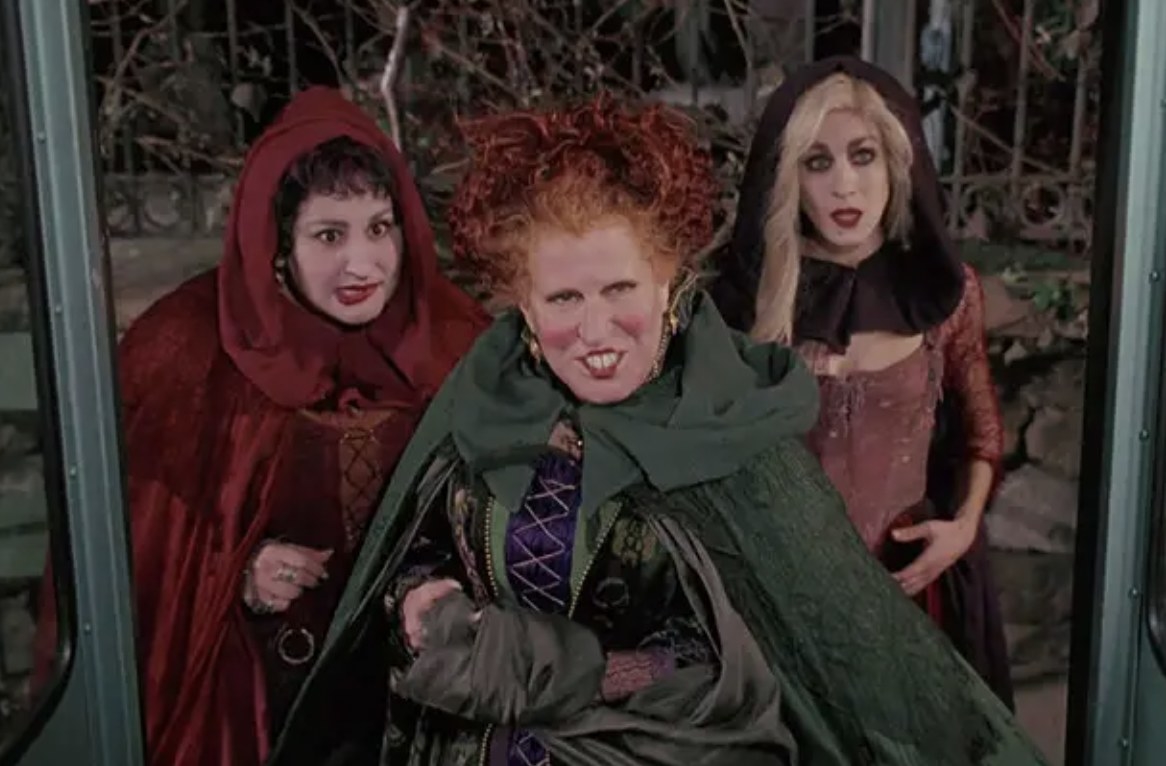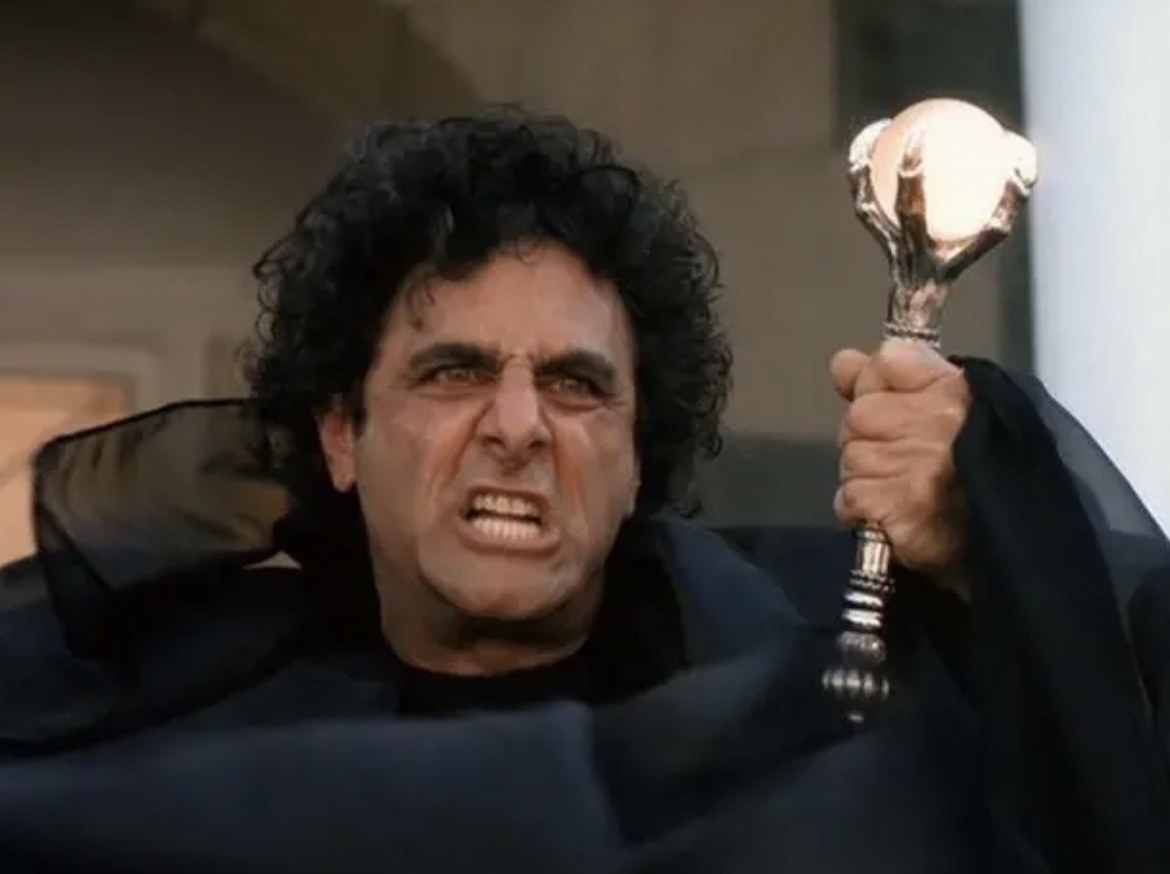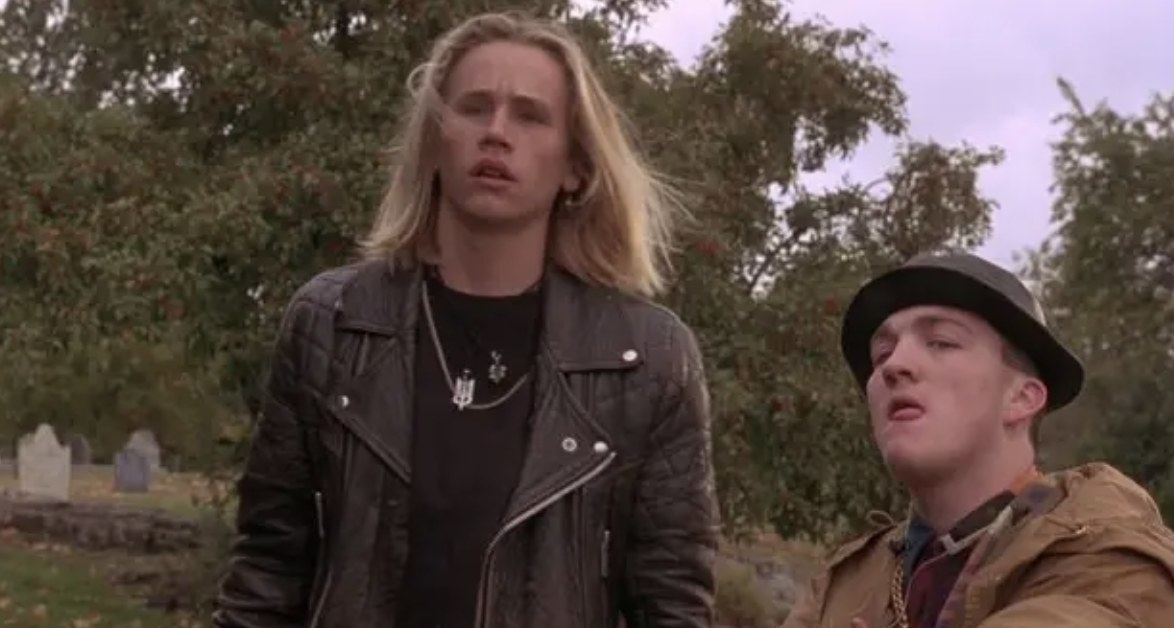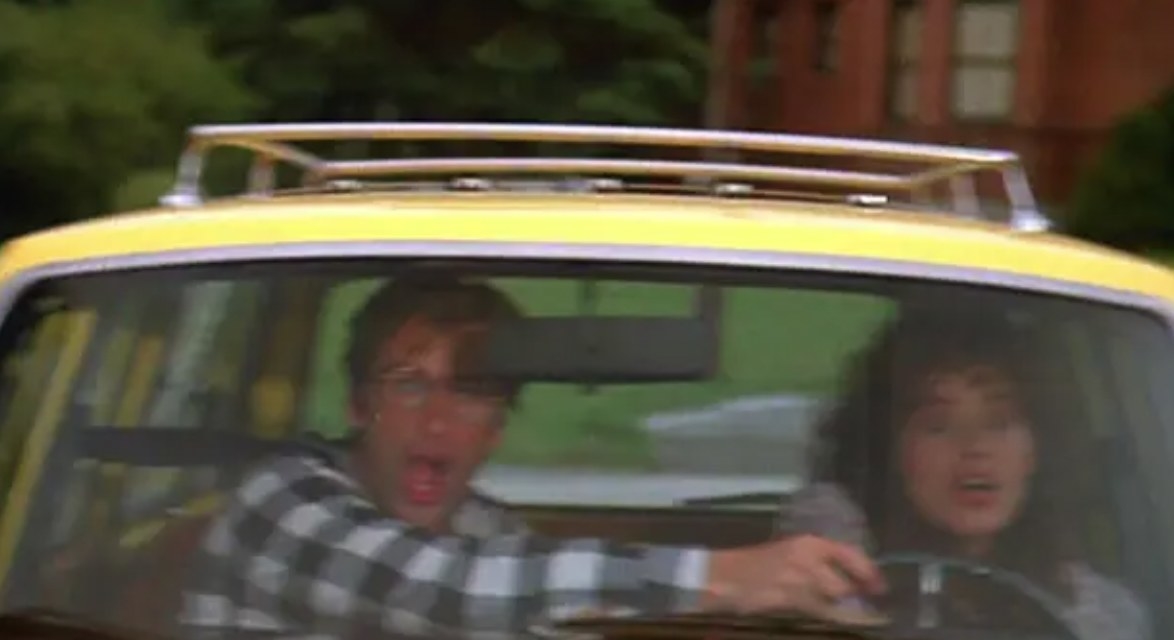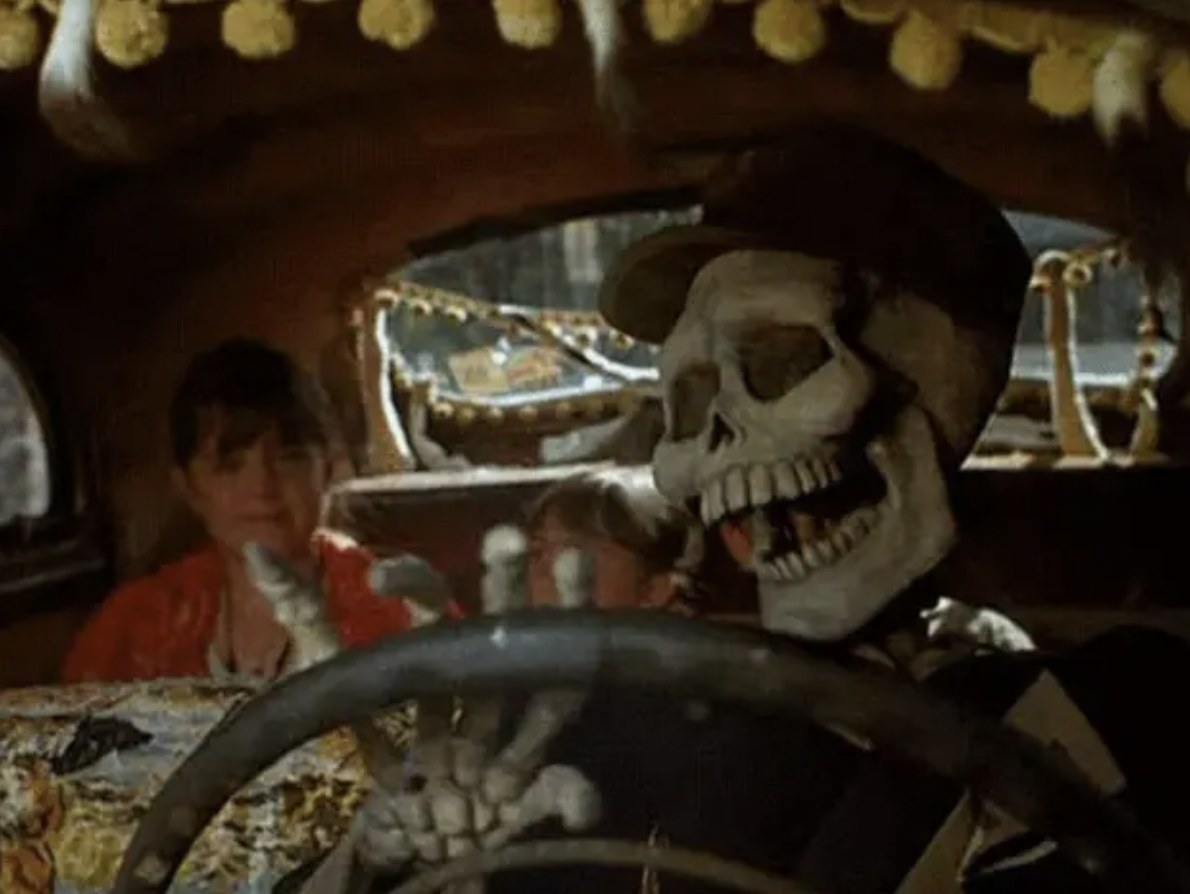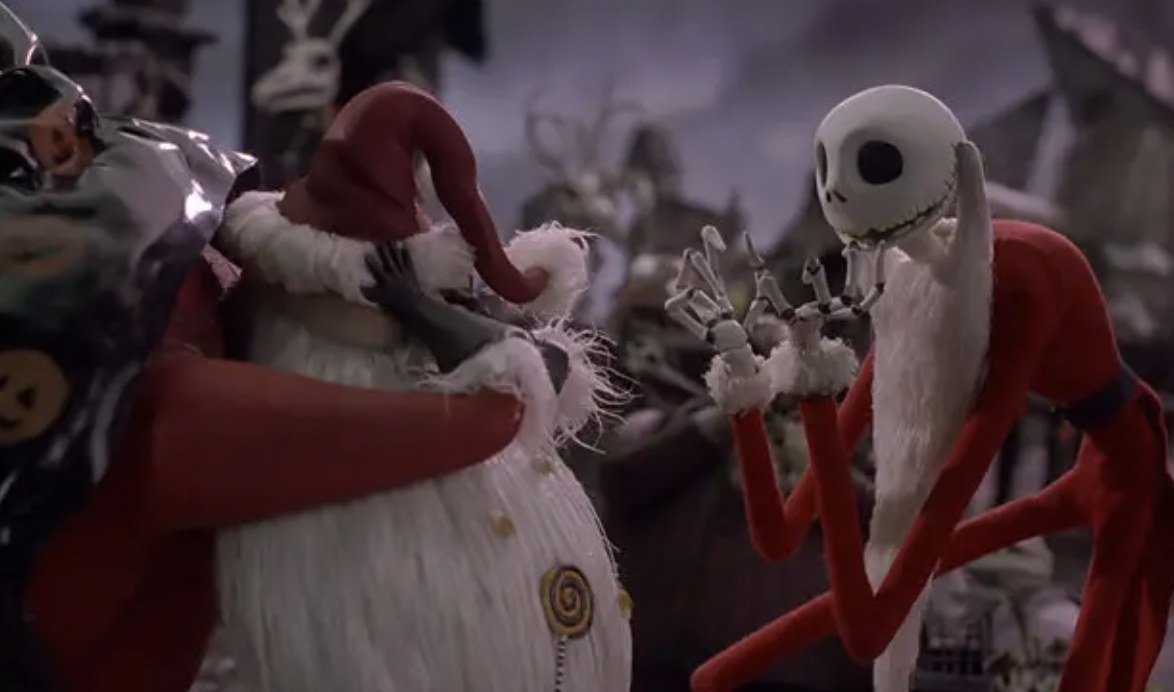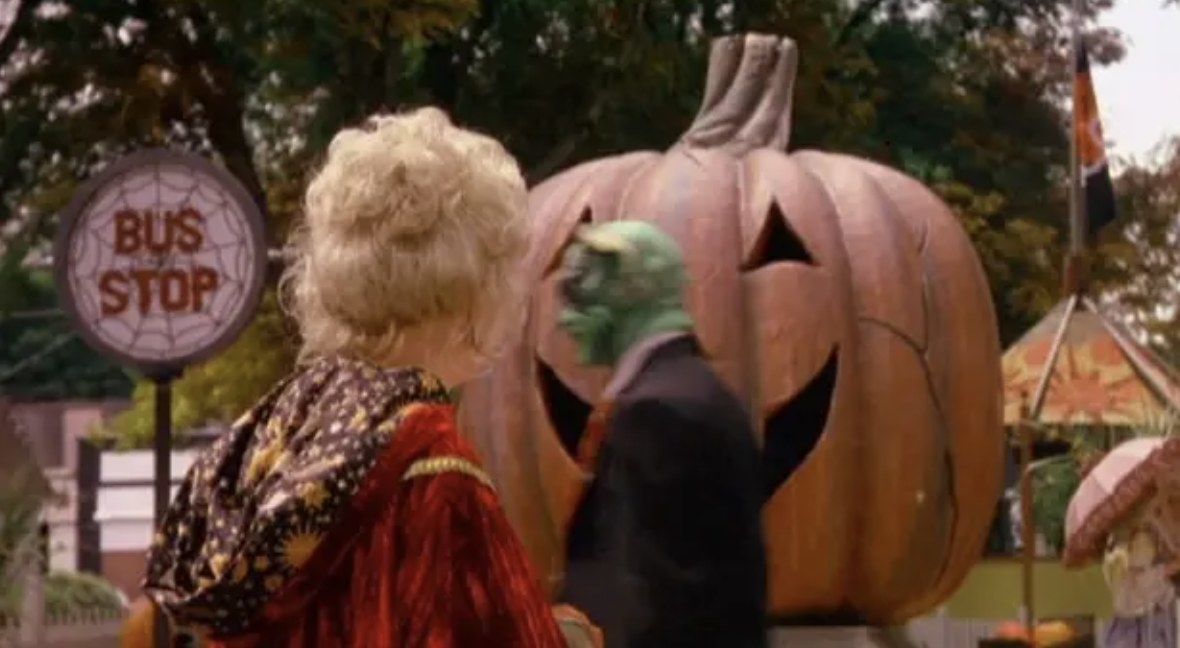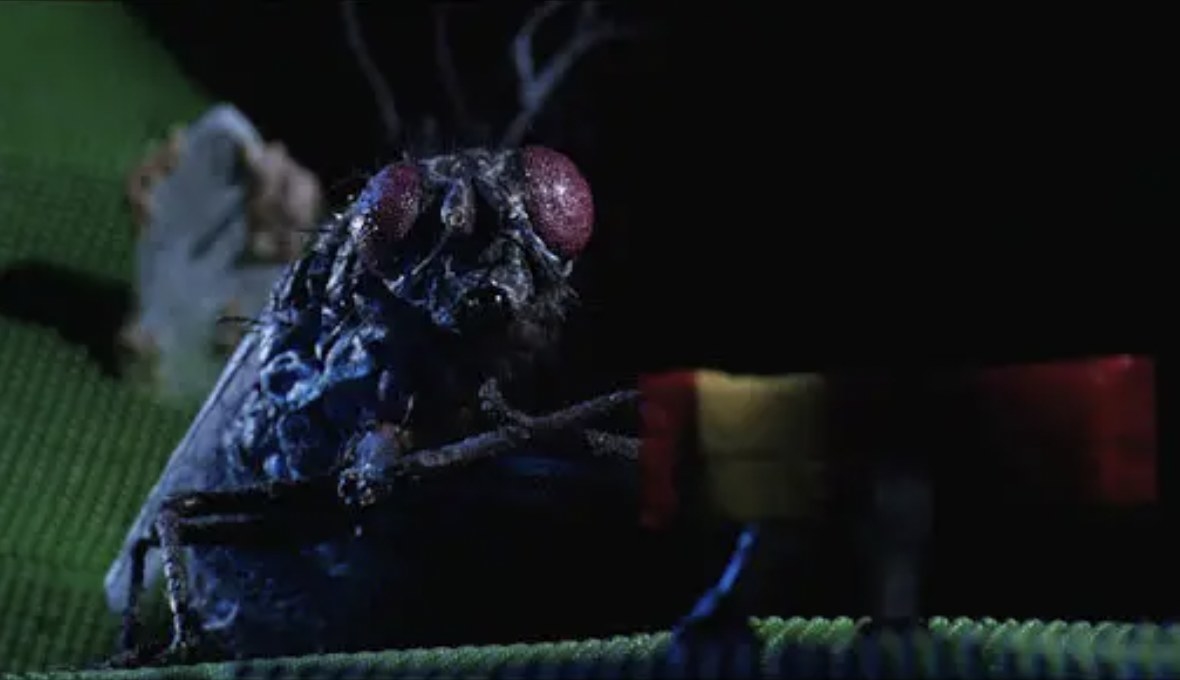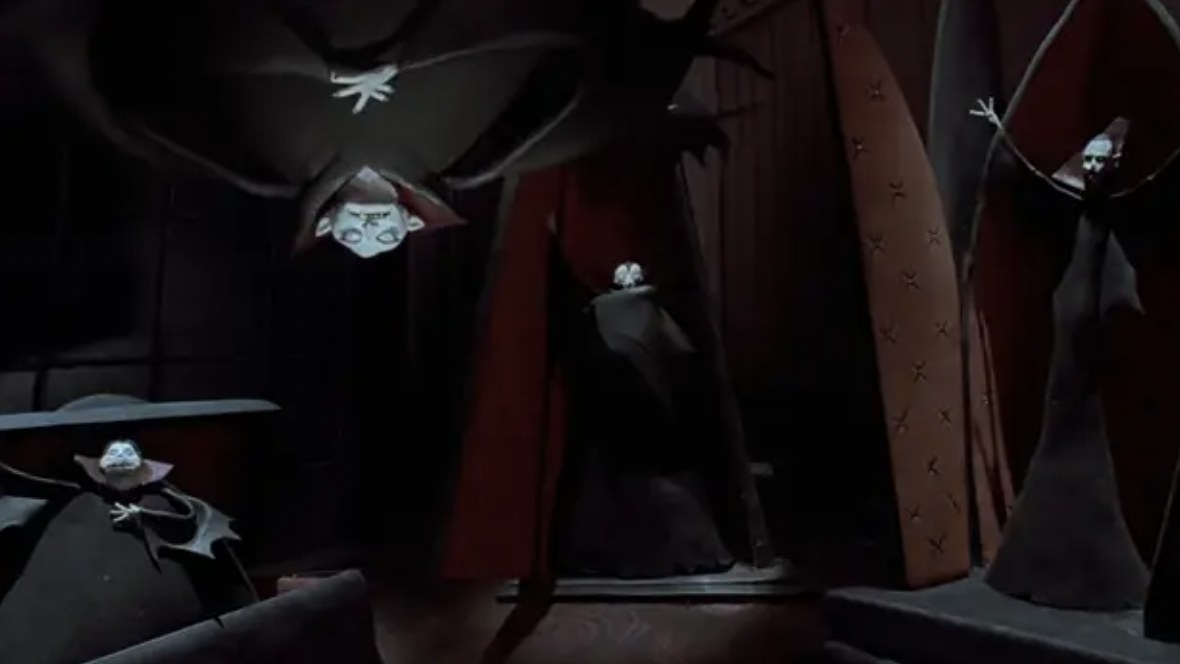Apparently, pranking became the preferred practice on Halloween among young people in the 1920s, but it became dangerous during the Great Depression, devolving into vandalism and violence. So, to prevent pranking (or worse behavior) in communities, the organized activity of trick-or-treating was encouraged. In the late 1980s, a woman in Chicago adopted a black cat as a part of her Halloween costume and days later, the animal was found dead. So in the years that followed, it became policy for shelters to refuse black cat adoptions on Halloween to prevent ritual sacrifices of black cats. If you use Silly String on Halloween in Hollywood, you could receive up to a $1,000 fine. The night before Halloween is called “Mischief Night” around New Jersey and Pennsylvania, while it’s called “Devil’s Night” n Michigan. Other names for this day include All Hallows Eve, Lamswool Snap-Apple Night, Samhaim, and Summer’s End. According to Guinness World Records, Keene, New Hampshire flaunted the most lit jack-o’-lanterns on display on October 19, 2013. Around 1000 A.D. in England, a practice called “souling” emerged. Poor families traveled door to door to wealthier families’ homes to receive “soul cakes,” pastries offered in exchange for prayers for the souls of the homeowners’ departed relatives. Eventually, souling became an activity for children. There are typically over 50,000 participants in the Village Halloween Parade. According to a 17th century Irish Legend, “Stingy Jack” was a cranky old man who tricked the Devil into doing a number of things. When Jack died, as punishment for his trickery, the Devil sent him into the night with only a burning coal, which Jack put into a carved-out turnip, to light his path. He has been roaming the earth ever since; the Irish called the ghost, “Jack of the Lantern,” or “Jack O’Lantern.”

